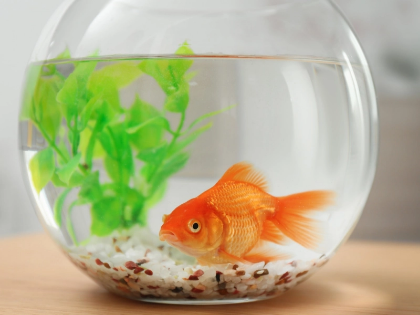Goldfish come in hundreds of different species. You can learn something about a particular fish by examining its fin shape, color, and bulges.
They sleep with their eyes open because they lack eyelids. Using an organ known as the lateral line, they may also detect changes in water pressure, vibrations, and currents.
1. They are the most common fish kept as pets worldwide.
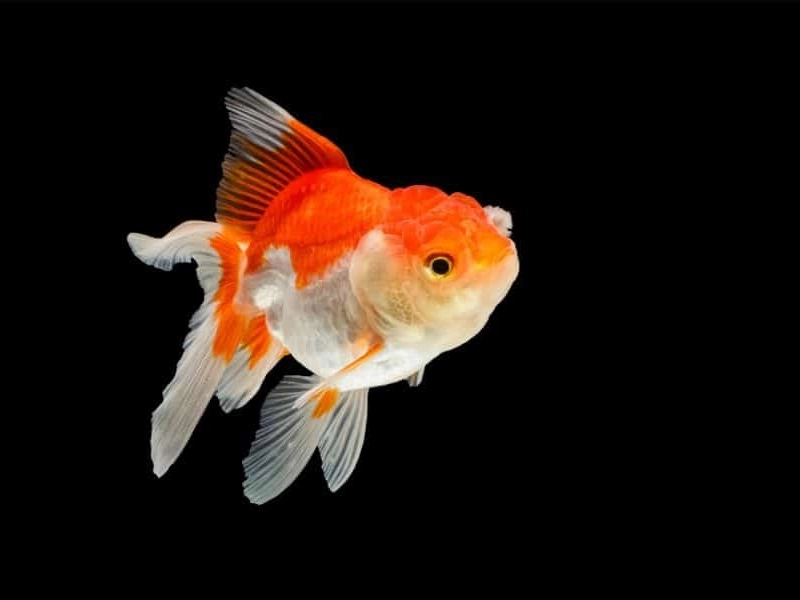
Advertisement
Goldfish have long been a well-liked option for aquarium pets, and they make excellent companions. More homes contain them than homes with dogs and cats combined, at over 480 million.
Many different breeds of goldfish have been created by crossbreeding over the years. They get along nicely with the fish in their aquarium and are also highly tolerant of other fish.
The gummy smiles of goldfish are among their most intriguing characteristics. Though flat and situated in the rear of their throats, their teeth are present nonetheless. These are formally referred to as pharyngeal (far-in-jee-uhl) teeth.
Similar to how you would count tree rings, you may determine how old a goldfish is by counting its scale rings. As the fish matures, these rings, known as circuli, are generated annually. Even siblings can be distinguished using them!
2. They are simple to maintain.
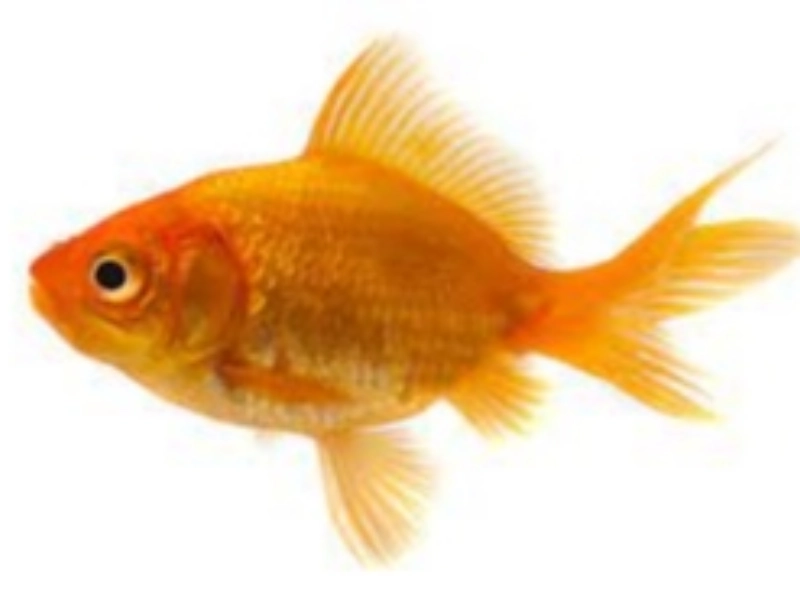
Goldfish are tough fish that can withstand numerous rookie errors. They need a larger aquarium with adequate water filtration and aeration because fish bowls are not the right environment for them to thrive in.
Vibrations and currents enable them to detect variations in water pressure. Their lateral line, which functions as a sixth sense, is to blame for this.
During breeding season, male goldfish develop white, pimply growths on their gills. They look more attractive thanks to these markings!
Goldfish are capable of recalling events that took place up to three months ago. They can also be taught to perform stunts like playing soccer or putting a ball through a hoop. They can be handled safely and don't fumble around when feeding themselves, unlike other fish. However, take care not to overfeed them.
3. You enjoy seeing them.
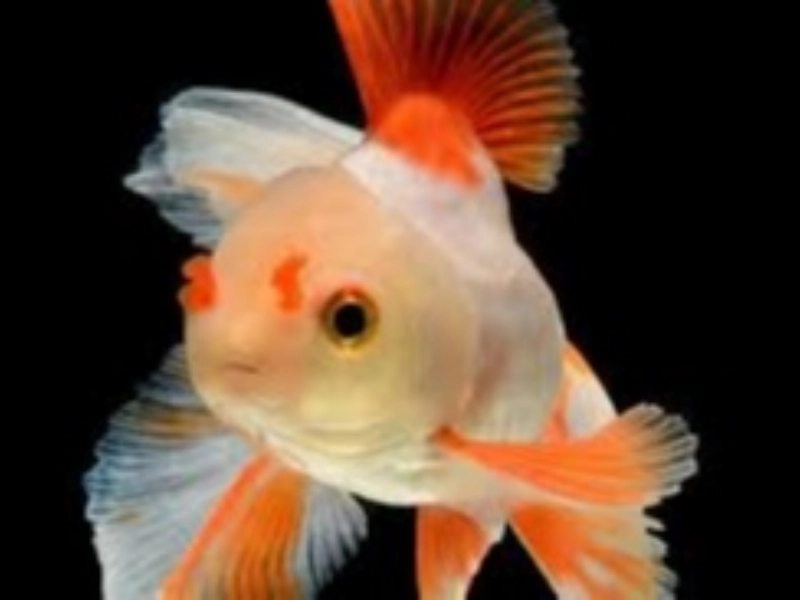
Watching goldfish can be amusing, especially when they are engaging with one another. Their movements hold your attention. They are also one of the items that people put on their haft-sin table and are seen as a symbol of luck in many cultures.
They can even recognize their keepers and can see in color, and they have long-term memories that are much longer than popular myth would suggest. UV rays can also be seen by their eyes.
Males may get a little aroused and acquire spots on their gills, such as during breeding season. The purpose of these decorations is to attract women! Additionally, they have the ability to fix any damage to their fins. But it takes some time. You'll also need clean water for the task. They quickly suffocate in bowls; therefore, they can't live there.
4. They don't make a mess.
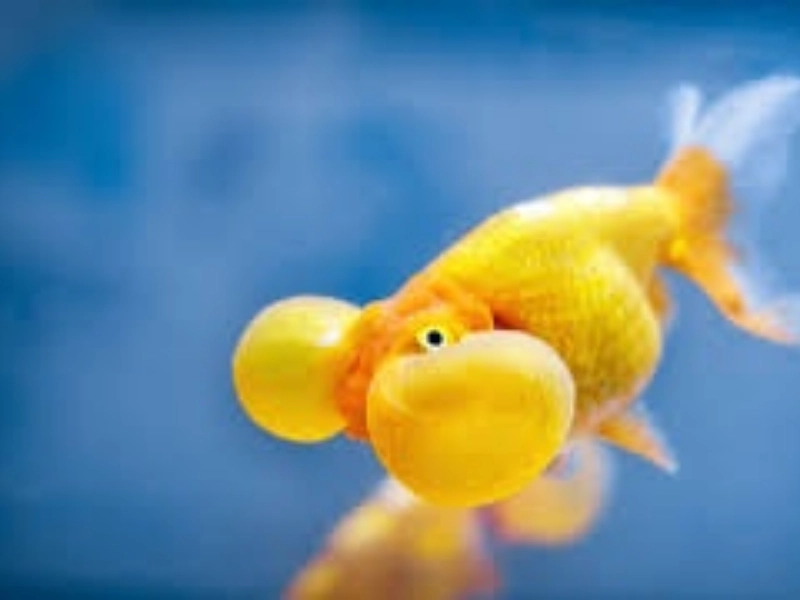
There is a reason why goldfish aren't the aquarium's messiest fish. They occasionally have to consume their own feces in order to receive the nutrients they require because their digestive system moves nutrients swiftly through their bodies.
Even though it's not amusing to learn that you have a forgetful pet, goldfish are actually pretty sustainable. A goldfish develops countable rings on its scales for each year of its life, just like you would see on a tree stump!
As it turns out, goldfish are also capable of identifying faces, shapes, and colors. According to one study, a goldfish can even retain memories of sounds like dinner bells. Even the musical styles of Bach and Stravinsky are distinguishable. (Almost, anyway!) It makes sense that goldfish are frequently interpreted as a lucky charm.
5.They have extraordinary intelligence.

People underestimate how intelligent goldfish are. They can even learn skills and identify their owners! Additionally, they are capable of sensing anxiety and have incredible memories (rather than the mythical 3-second recall).
They employ a technique for measuring distance that is comparable to that used by terrestrial animals. This technique is known as "optic flow." Goldfish are capable of feeling pain, and when they are full, they will swim away from their food bowls.
Goldfish have been shown to respond to music as well. Fish responded differently to Bach and Stravinsky when the researchers played them, according to the researchers. When Bach was playing, they swam toward the red leggo pieces, and when Stravinsky was playing, they swam away from them.












